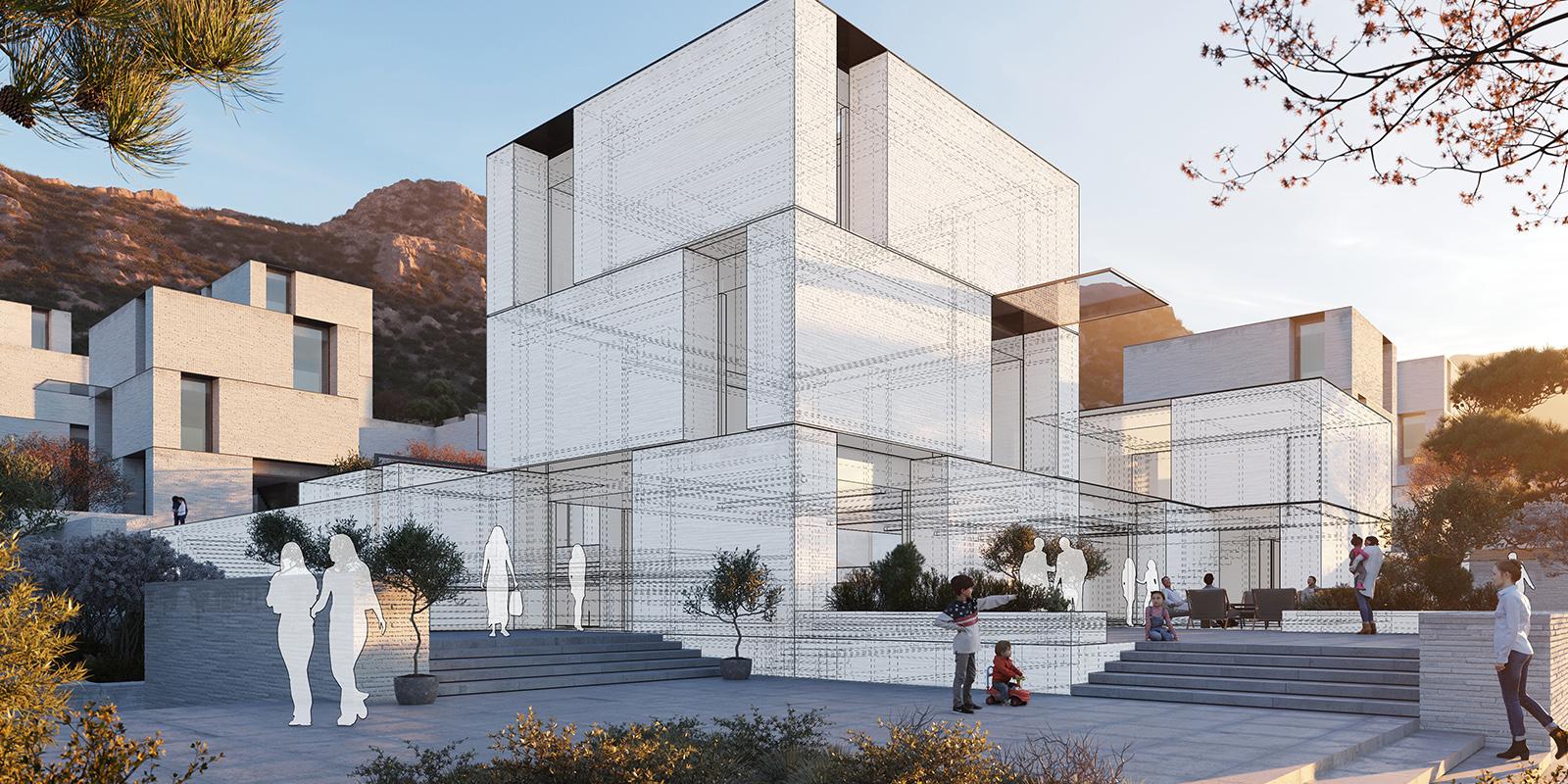Architecture visualization is a powerful tool that allows architects, engineers, and designers to create realistic images of their designs before they are built. Visualization can bring a project to life using 3D modeling software and rendering technology and provide a tangible representation of what it will look like when finished.
Render vision is an integral part of the visualization process. It uses advanced rendering techniques to create highly realistic images that accurately depict the design’s lighting, materials, and textures.
What are Architecture Visualizations?
Architecture visualisations create images or animations that represent a design realistically and accurately. This can include 3D models, renderings, walkthroughs, and flythroughs, which can communicate a design to clients, stakeholders, and other project team members.
Architecture visualizations are essential to the design process, allowing designers to explore and refine their ideas before construction begins. They can also identify potential issues or conflicts early on, reducing the risk of costly mistakes.
Why are Architecture Visualizations Important?
Architecture visualizations are essential for a variety of reasons. They allow architects, engineers, and designers to:
Explore and Refine Designs: By creating visual representations of a design, architects can better understand how it looks and functions in the real world. This allows them to explore different design options and make changes before construction begins.
Communicate Ideas: Architecture visualizations effectively communicate design ideas to clients, stakeholders, and other project team members. They allow everyone involved to visualize the design and provide feedback, ensuring everyone is on the same page.
Identify Issues Early: Architects can identify potential issues or conflicts early in the design process by creating detailed visualizations. This can help prevent costly mistakes and ensure the final design meets the client’s requirements.
What is Render Vision?
Render vision is an advanced rendering technique that creates highly realistic images by accurately simulating a design’s lighting, materials, and textures. This is achieved using specialized rendering software, such as V-Ray, which allows designers to create photorealistic images of their designs.
Render vision is an integral part of the architecture visualization process, as it can help to create highly realistic images that accurately represent a design. This can be particularly useful for clients with difficulty visualizing a design’s appearance in the real world.
How Can Render Vision Benefit Architects and Designers?
Render vision can provide a range of benefits to architects and designers, including:
Improved Visualization: Render vision can create highly realistic images that accurately represent a design, making it easier for architects to visualize how a design will look in the real world.
Enhanced Communication: Render vision can create highly detailed visualizations shared with clients, stakeholders, and other project team members. This can improve communication and ensure that everyone involved understands the design.
Reduced Risk: By creating highly realistic images, render vision can help identify potential issues or conflicts early in the design process. This can reduce the risk of costly mistakes and ensure that the final design meets the client’s requirements.
Increased Efficiency: Render vision can streamline the design process by allowing architects to explore different design options and make changes quickly and easily. This can save time and reduce costs, making it a valuable tool for architects and designers.
